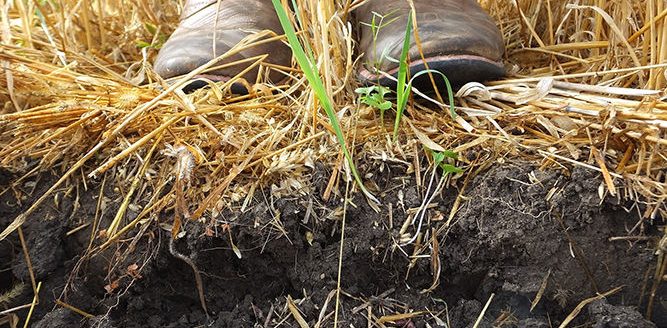New study highlights crop insurance’s role in maintaining healthy soil
Crop insurance is not acting as a barrier to the adoption of conservation practices and has a role in helping farmers maintain healthy soil. That’s according to a new peer-reviewed study in the renowned Journal of Environmental Management.
During the study, researchers from Purdue University, Arizona State University, and the Nature Conservancy used interviews and a multi-state survey to determine if crop insurance requirements limited cover crops and conservation tillage for corn producers in the Midwest.
“Questionnaire responses indicate that crop insurance was not limiting conservation adoption,” according to the study. “When given a list of potential limiting factors for conservation adoption, including cost and time/labor required, crop insurance was perceived as the least limiting, in comparison to all other factors, for both conservation tillage and cover crops.”
Conservation tillage and cover crops were specifically studied because, according to the researchers, these practices reduce soil erosion, improve water quality, and promote soil health.
The study noted that the federal Risk Management Agency, in the 2018 Farm Bill, designated cover crops planted in 2020 and later as a Good Farming Practice—a distinction that should help further promote the conservation practice.
Among the notable findings reported by the Journal of Environmental Management:
Fewer than 6% of farmers believed crop insurance was limiting conservation adoption.
Respondents were already using both crop insurance and conservation on their farms. Ninety percent were enrolled in crop insurance, 60% used conservation tillage, and 25% planted cover crops.
Adoption rates of conservation practices were higher among respondents enrolled in crop insurance than those not using crop insurance.
Both crop insurance and conservation were credited by farmers as being important and complementary tools to their risk management strategies.
Despite the clear evidence that crop insurance requirements are not barriers to conservation, researchers lamented the fact that some members of the agricultural media are perpetuating a myth that crop insurance and cover crops are mutually exclusive.
“Posing these two behaviors as incompatible is misleading and unrepresentative of the broader agricultural population,” the researchers concluded.


